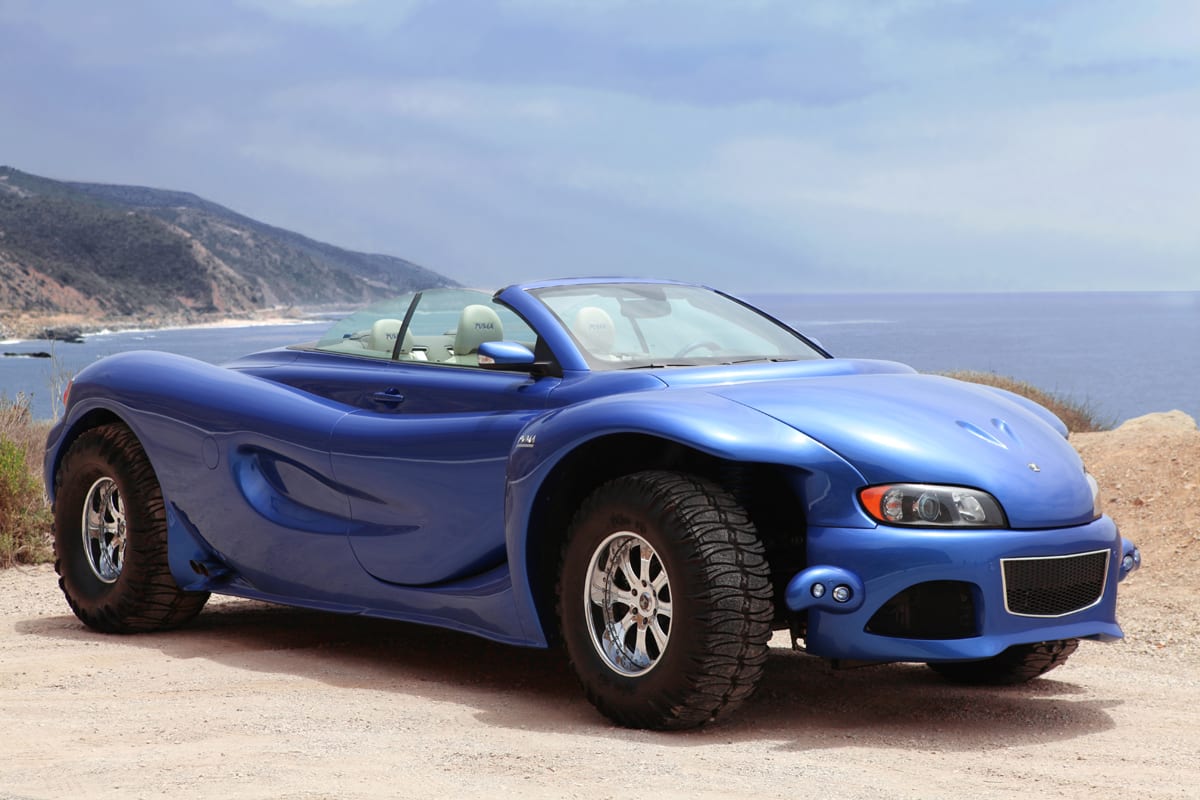The cars! Oh my how they’re getting bigger. Every day, drinking their gasoline or electrons and growing up to be lane-hogging piggy mobiles. Remember when they were smaller? Those were the days. Actually, these days are those days too because vehicular growth may not be as crazy as you think.
Sam Abuelsamid writes in a new piece for Forbes that focusing on the singular metric of curb weight doesn’t give one a proper amount of scope on the topic. When you truly dive into the matter, you’ll find that engineers and designers have done one hell of job keeping weight in check. Especially with the increased weight that comes with tremendous safety improvements, tech equipment, and significantly more passenger and cargo space for given cars and trucks.
If you compare a specific model to its past generations, it typically has grown much larger. If you compare a modern car to its equivalent past size equal within the same automaker, however, a very different picture is painted. Abuelsamid emphasizes this point by pointing out that a first-generation Honda Accord is smaller than a modern Honda Fit. Picking another piece of the Honda lineup, take the latest Civic and have it stand next to a 2000 Accord. The current Civic undercuts the older Accord poundage by a fair margin (2,987 vs 2,771) while offering up ten airbags, adaptive cruise control, lane keep assist, a backup camera, and better fuel economy.
What does the EPA say about all this?
Per the EPA, the average weight of new vehicles has remained fairly stable since 1975. Looking back in the mid ’70s and you’ll find an average weight figure of 4,060 pounds. Today that figure is 4,044 lbs (per 2017 data). And those cars back in 1975 averaged 13.1 miles per gallon. Today we sit at 25.3 mpg.
Is this an apples to oranges comparison? I say yes and now. The size of a specific make and model has gotten larger, there’s no question about that. But those models have transitioned to a size that pits them not against their former versions but against past models of the same class. When you line the vehicles up that way, engineers are doing a great job making use of lighter, stronger materials to both improve fuel economy and keep you and your passengers safer.
Look, we still believe that old cars kick serious ass around these parts. But this perspective from Sam at Forbes is a great conversation starter related to the size discussion of modern machinery.


Leave a Reply